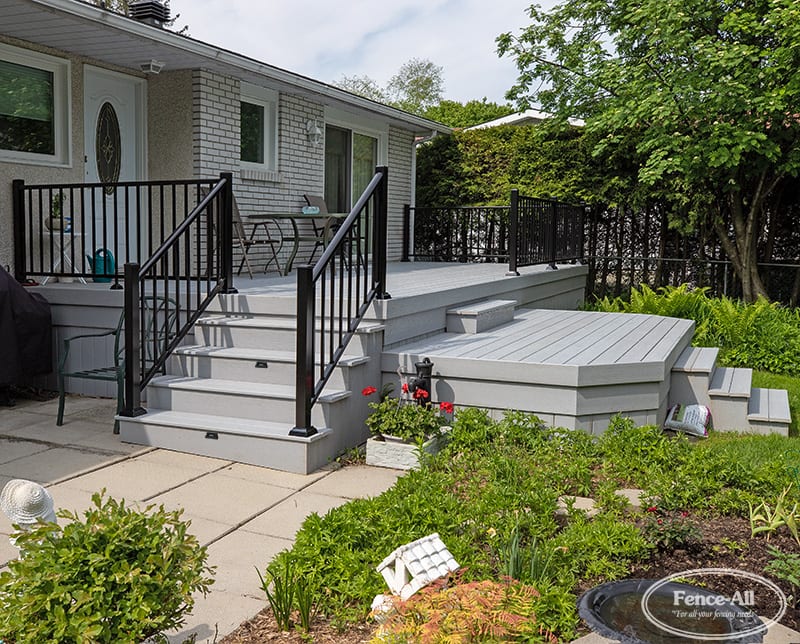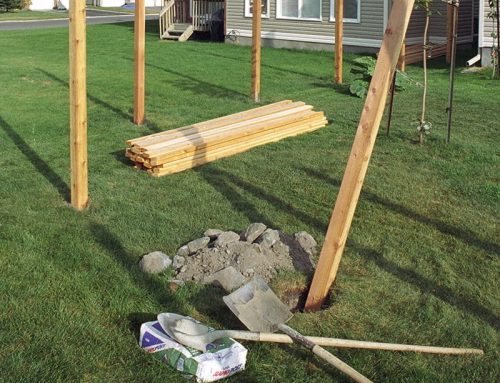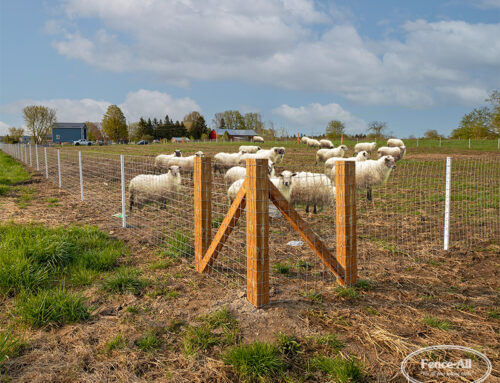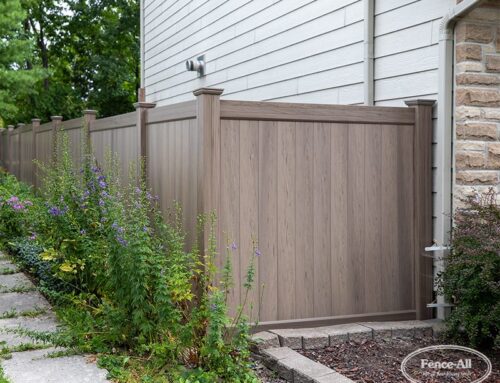You’ve decided you want a deck but there’s a lot to consider and you don’t know where to start. We’ve been selling them for decades, and experience has taught us that it’s very helpful to concentrate on a few key areas. It crystallizes the thinking and makes decisions that much clearer and easier. The four considerations we propose: deck size, height off the ground, deck location, and deck material type.
Deck Size
Determining the appropriate size for your deck is essential for creating a functional and pleasing outdoor space. Consider the following factors when deciding on the deck size:
Intended Use:
Think about how you plan to use the deck. Will it primarily serve as a dining area, an outdoor lounge, or a combination of both? The size should be sufficient to accommodate your desired activities comfortably.
Available Space:
Assess the available area in your backyard or the designated location for the deck. Take into account any existing structures, trees, or landscaping features that may impact the deck’s size and layout.
Budget:
It’s often a limiting factor, but there are ways to get “more deck” without breaking it . You can go with simpler fascia, for example, or skip the skirting. Many prefer the minimalist look for the style alone.
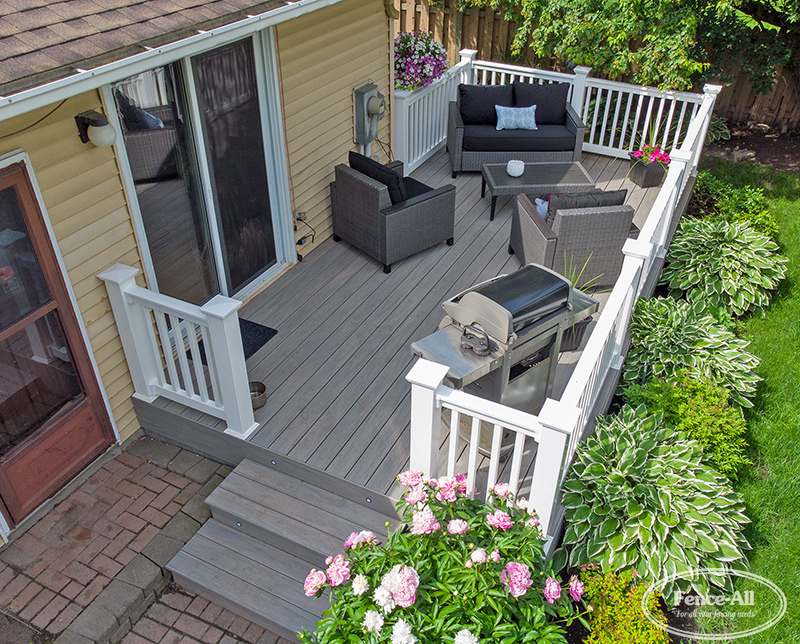
These folks have managed their space well: a casual seating area with a barbecue, and none of it feels crowded.
Height Off Ground
The height of your deck is an important consideration that can impact its safety, accessibility, and overall appeal. Here are some factors to keep in mind:
Safety:
Higher decks typically require additional safety features. In Ottawa, for example, any deck more than 2′ off the ground must have a railing at least 3′ high. Ask a professional or consult local building codes to determine any specific requirements regarding deck height and safety measures in your jurisdiction.
Accessibility:
Consider how people will access the deck. If you have individuals with mobility limitations or plan to use the deck frequently, it’s crucial to design the deck at a comfortable height that allows easy entry and exit.
Views and Privacy:
The height of the deck can affect your views of the surrounding landscape and the privacy of your outdoor space. Consider how the deck’s elevation will impact your desired sightlines and level of seclusion.
Deck Location
Choosing the right location for your deck can significantly enhance your outdoor experience. Consider the following factors:
Sunlight and Shade: Evaluate the sun exposure in different areas of your yard to determine the optimal location for your deck. Balancing sunlight and shade will allow you to enjoy the deck throughout the day and accommodate your preferences.
Privacy:
Consider the level of privacy you desire when selecting a deck location. Take into account neighboring houses, fences, and vegetation that can provide a natural screen or seclusion.
Proximity to Indoor Spaces:
Think about the convenience of accessing your deck from indoor areas such as the kitchen or living room. An easily accessible location can encourage more frequent use and seamless indoor-outdoor transitions.
Deck Material Type
Choosing the right deck material is crucial for longevity, maintenance requirements, and overall appearance. The three main options to consider are:
Cellular PVC:
Cellular PVC offers exceptional durability, resistance to moisture, and low maintenance. It lightly mimics the look of wood without the need for regular sealing or staining. Cellular PVC decks are known for their longevity and ability to withstand harsh weather conditions. Cellular PVC comes with a coveted 50 year manufacturer’s warranty.
Cedar:
Cedar is a natural wood option prized for its beauty and natural resistance to decay and insect infestation. It has a distinct, warm appearance and can be left untreated or stained to enhance its natural color. Cedar does require maintenance to maintain its durability. Staining or sealing every few years will substantially extend the life of your cedar deck.
Pressure Treated Wood:
Pressure treated wood is injected with chemicals to increase its resistance to decay, insects, and rot. Although it also requires periodic maintenance and regular staining, pressure-treated wood offers a versatile and budget-friendly choice for deck construction.
More questions?
If you have more questions about decks or other subjects we’re happy to answer them. Call 613-736-1122 or hit the chat button on the right during business hours.

